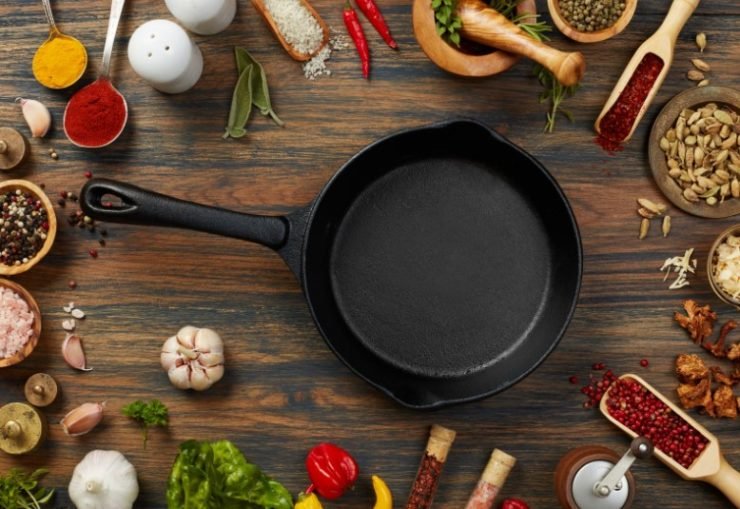I’ve been spoiled and also learned a lot by cooking in professional kitchens for so long. Every ingredient you could ever need, always on hand and always organized. And I think cooking at home should be the same way.
Every kitchen is different, but keeping some basic ingredients in stock is one of the best ways to help yourself cook more of your own food, more often.
In This Article
Dry Herbs And Spices
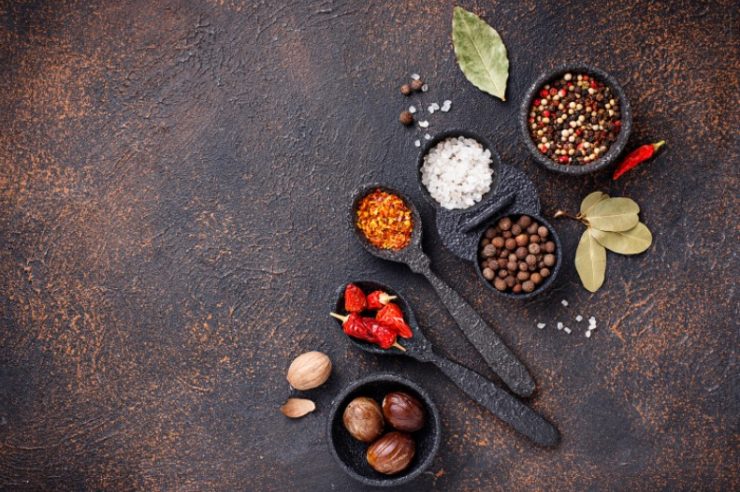
A decent spice library is an easy way to change the flavor profile of a dish. There are hundreds if not thousands of different spices available, so figure out the ones you’ll use the most often and keep those on hand at all times.
Here are some basic ingredients that will get you through a lot of common recipes:
- Black Pepper
- Cumin
- Coriander
- Bay Leaves
- Paprika
- Cayenne
- Fennel
- Turmeric
- Cinnamon
- Nutmeg
- Thyme
- Oregano
- Chile Flakes
- Chile Powder
Salt

I guess you could lump salt in with spices, but it’s so important I think it deserves its own section. I use kosher salt for everything. It tastes better, is easier to control, and doesn’t have the chemical flavor that you get from the iodized stuff.
Dry Baking Ingredients
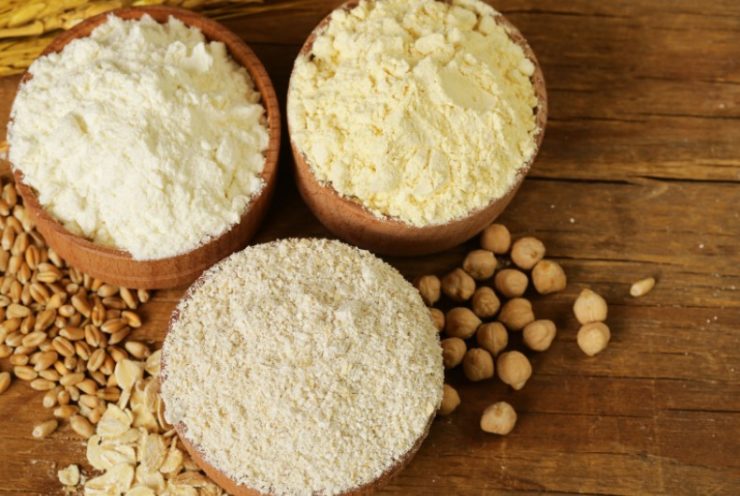
A few simple ingredients with unlimited potential for things like bread, cookies, pancakes, and muffins.
- All-Purpose Flour
- Instant Yeast
- Baking Powder
- Baking Soda
- Cane Sugar
- Brown Sugar
- Powdered Sugar
Panko Bread Crumbs
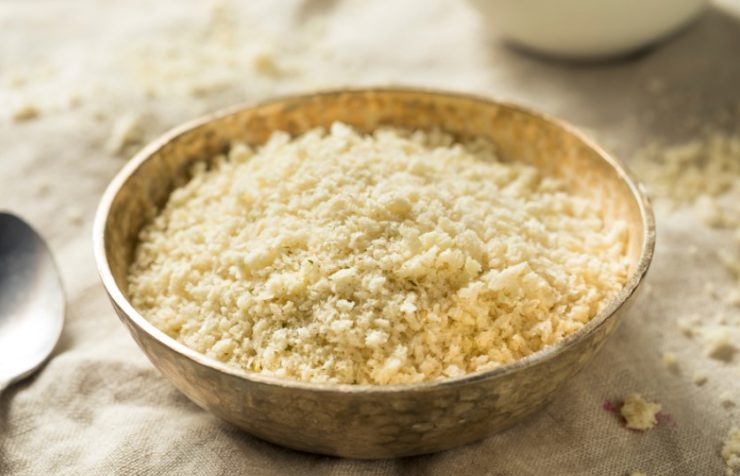
Panko breadcrumbs provide the best crunch when used as a coating or topping, and they can easily be used in place of plain ones for things like meatballs and crab cakes.
Dry Beans, Grains, And Pasta
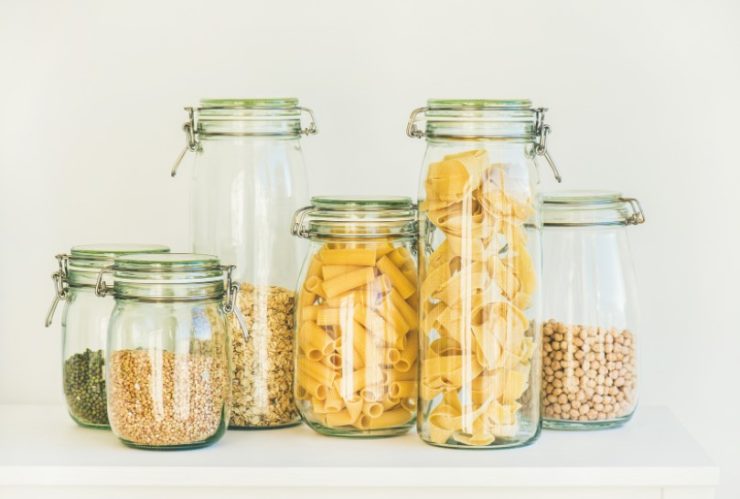
A few different dried starches are good to have in your pantry at all times. They last forever, they’re inexpensive, and they can be a base or side to just about any meal.
Stock
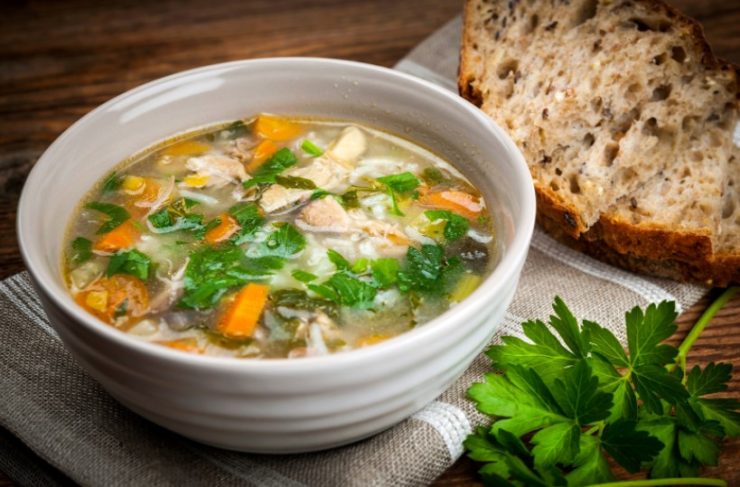
Chicken, beef, fish, and vegetable stocks are an easy base for soups and a great way to add more flavor when used in place of water. Homemade is usually best, but having a box or can in the pantry is great to have in a pinch.
Canned Tomatoes And Tomato Paste
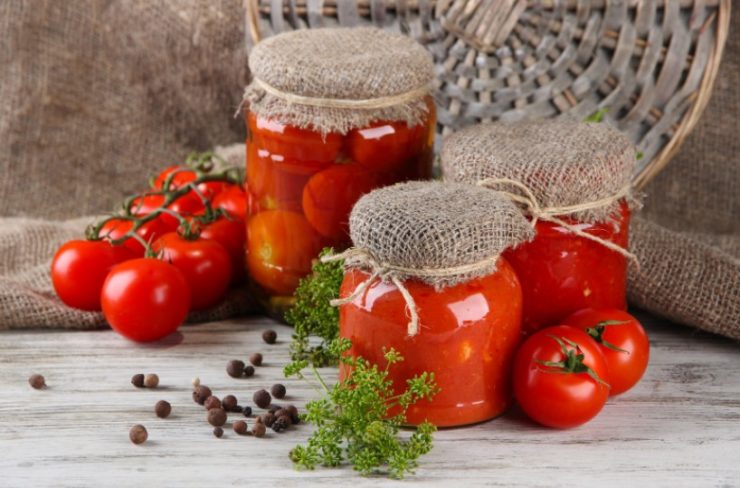
For pizza, pasta, or braised dishes, canned tomatoes are usually a better and less expensive option than fresh ones.
Oils
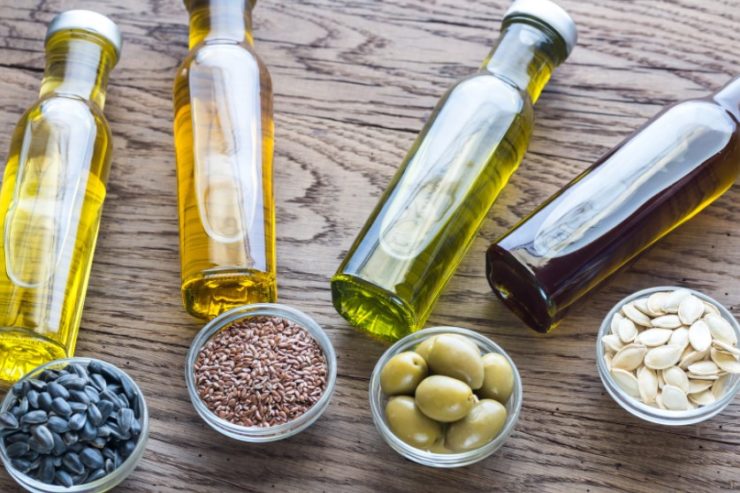
I like to have at least two oils on hand at all times, but usually more.
Cooking Oil
A high smoke point oil with a neutral flavor for cooking or making dressings. I prefer grapeseed, but you can also use something like vegetable, canola, or avocado.
Finishing Oil
These oils are used for their flavor, so they are best applied at the end of the cooking process. A good extra virgin olive oil is important, and I can’t live without toasted sesame oil.
Vinegar
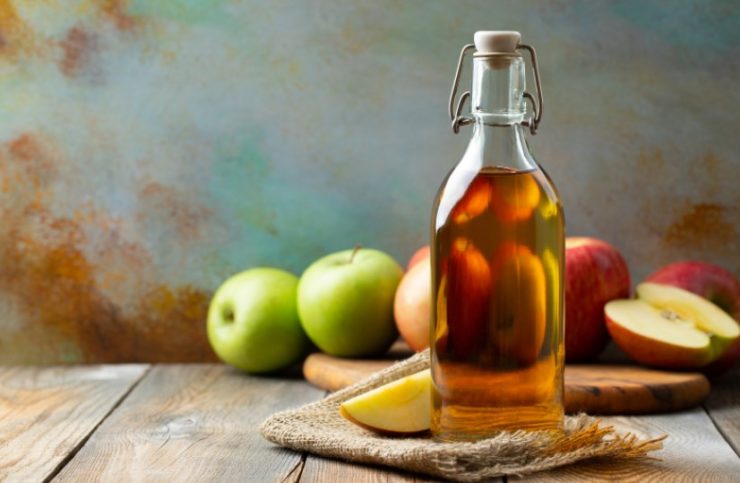
Vinegar comes in all different flavors and varieties, so having a few at your disposal is a good idea.
- Distilled White
- Apple Cider
- Balsamic
- Red Wine
- White Wine
- Rice Wine Vinegar
Honey And Maple Syrup

These are two great ways to add sweetness with more complexity than plain white sugar. Use them in dressings and marinades, not to mention in tea or drizzled over fruit and yogurt.
Fish Sauce
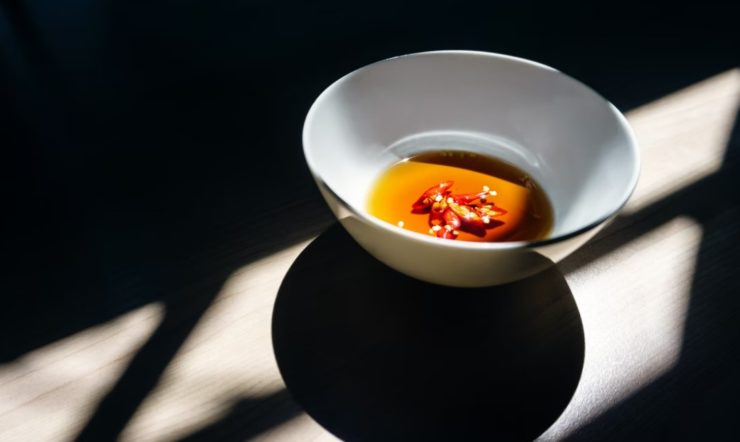
A pungent seasoning sauce made from salted and fermented anchovies. It’s a key ingredient in Thai and Vietnamese cuisine but also useful for adding a secret hit of umami to savory soups or even pasta sauce.
Soy Sauce
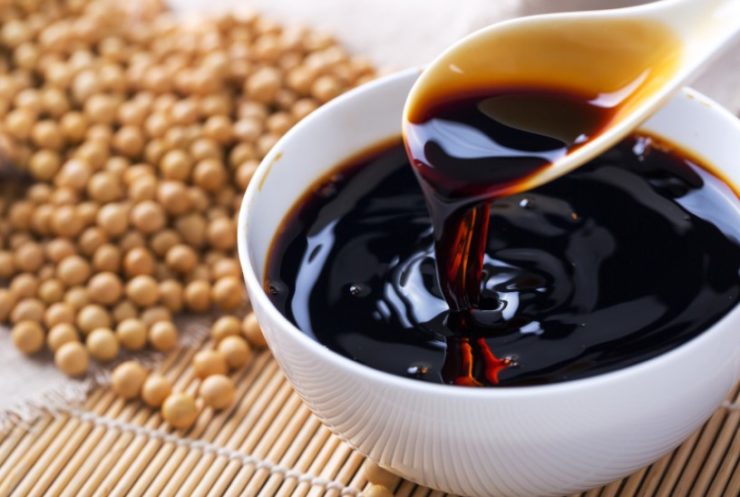
Irreplaceable in Chinese and Japanese dishes but also a great way to add salt and complexity to marinades and sauces. If you have a gluten allergy, try substituting with Tamari.
Coconut Milk
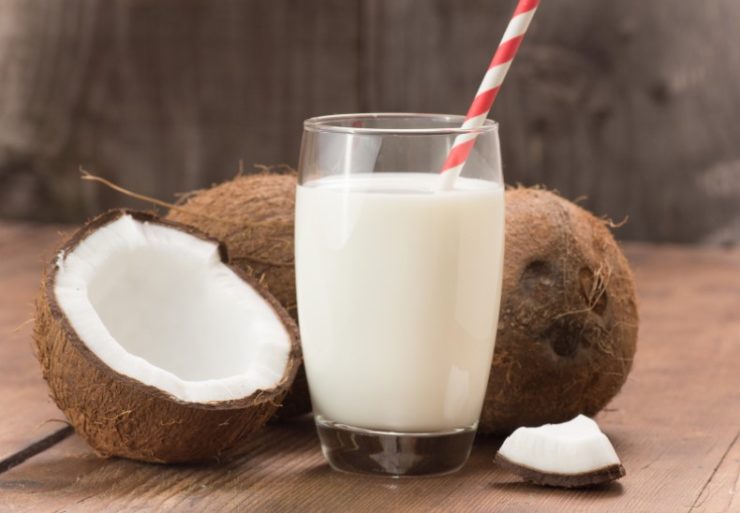
An easy way to make rich, comforting soups in a matter of minutes. Add a little fish sauce and lime juice and you have the base to a Thai-style soup that’s always an impressive crowd-pleaser.
Mustard
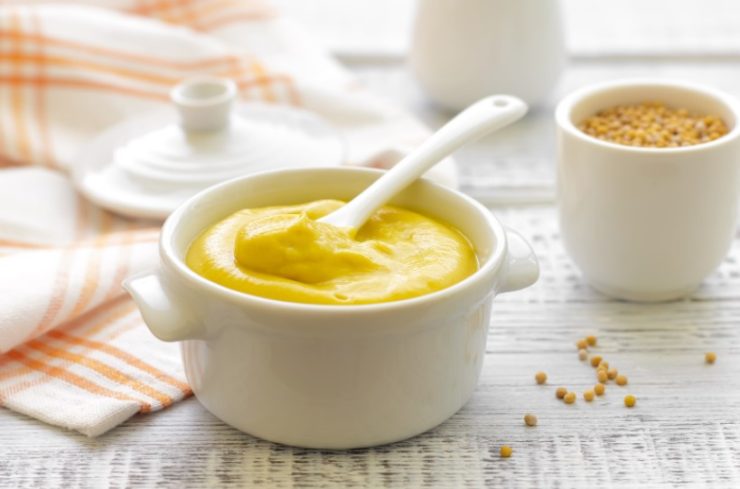
Mustard is useful as a standalone condiment, but it’s also a key ingredient in many salad dressings and other sauces. I almost always have yellow, dijon, and whole grain mustard on hand, but you can always pick one and use it for everything.
Ketchup
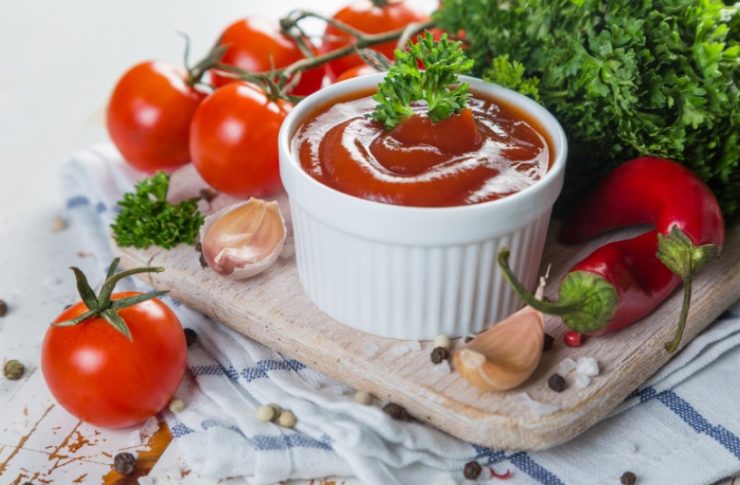
Another classic condiment or standalone dip, but it’s also an ingredient that can add sweet, sour, and savory notes to a recipe all in one package.
Mayonnaise
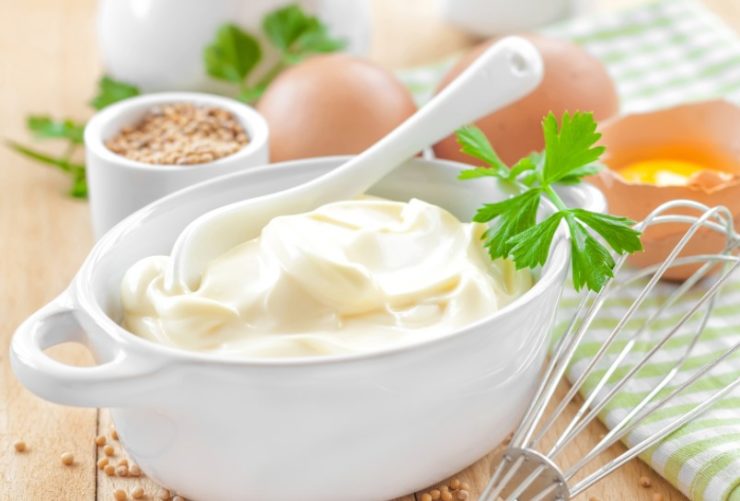
Perfect spread on a sandwich or used to make creamy dressings and salads, and big bonus points if you make your own.
Hot Sauce
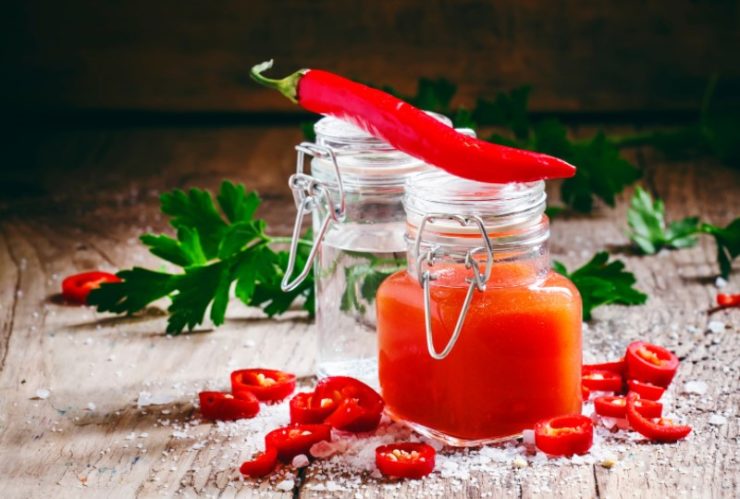
There are few better ways to add heat and acid to a dish than with hot sauce. I’m sure you have your favorites so I won’t bother you with mine. I’ll also throw chili oil in here. It doesn’t brighten a dish like a hot sauce can, but it’s indispensable in many Asian cuisines.
Butter
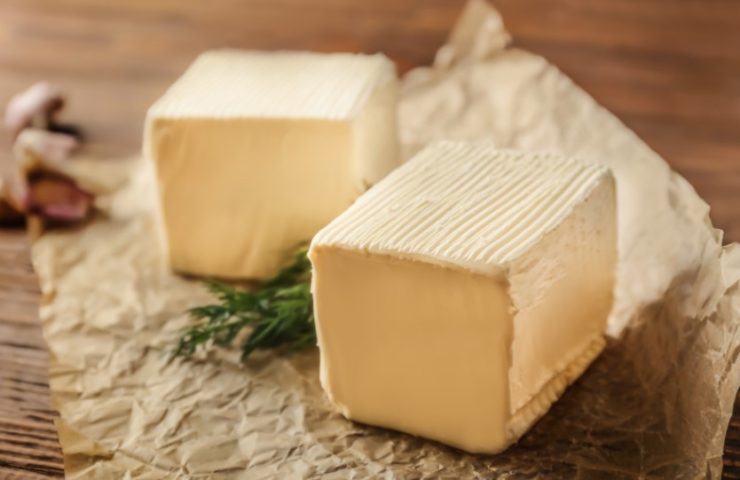
The lifeblood of the professional chef. For toast, emulsifying sauces, or baking, butter is essential. I like to use unsalted because it gives you more seasoning control, but any butter is better than no butter.
Milk
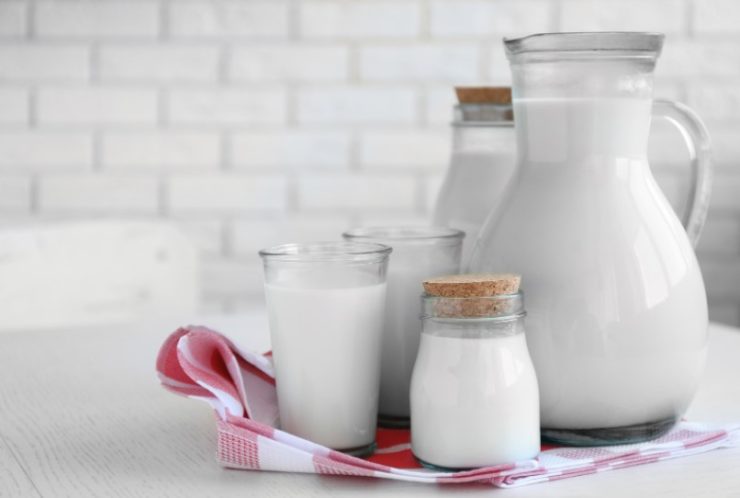
Even if you’re not a milk drinker it’s good to have on hand if you plan on baking or making pancakes.
Eggs

An indispensable ingredient for many baking recipes and versatile enough to be used for breakfast, lunch, and dinner.
Peanut Butter

Easy snack food that can also add flavor, protein, and thickening power to sauces and smoothies.
Capers And Olives
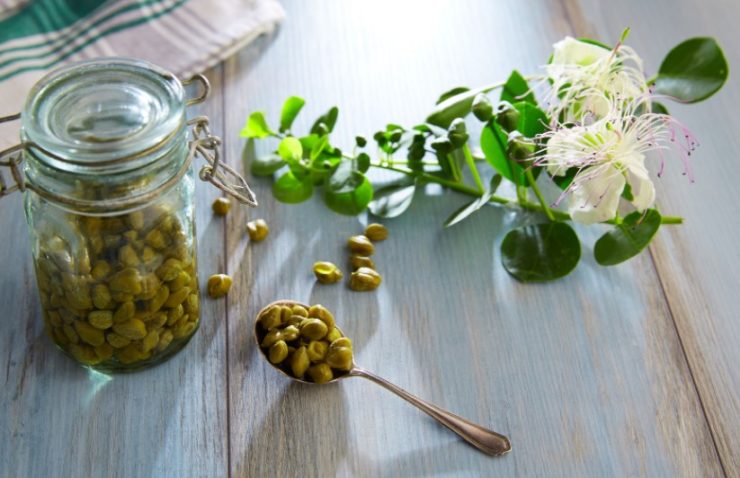
Using briney ingredients like these is a great way to add tons of flavor and salty complexity to sauces, pasta, and salads.
Produce
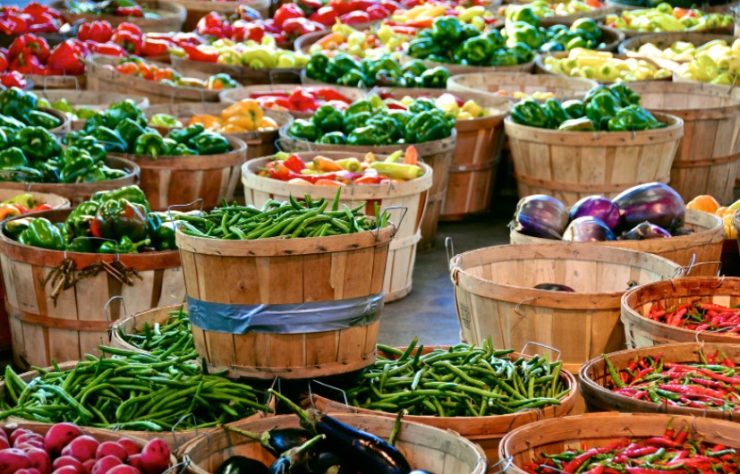
There are a handful of mainstay kitchen ingredients throughout the year, but if you can, let your local farms and markets dictate the produce in your fridge.
- Garlic
- Shallots
- Scallions
- Onions
- Carrots
Having a kitchen that’s stocked with the basic ingredients makes it easier to make a wide variety of dishes, and also makes you more likely to cook your own food.
When it comes to cooking at home, a well-stocked kitchen is half the battle. Now all you need is to learn how to practice mise en place, and before you know it you’ll be meal planning like a pro.
